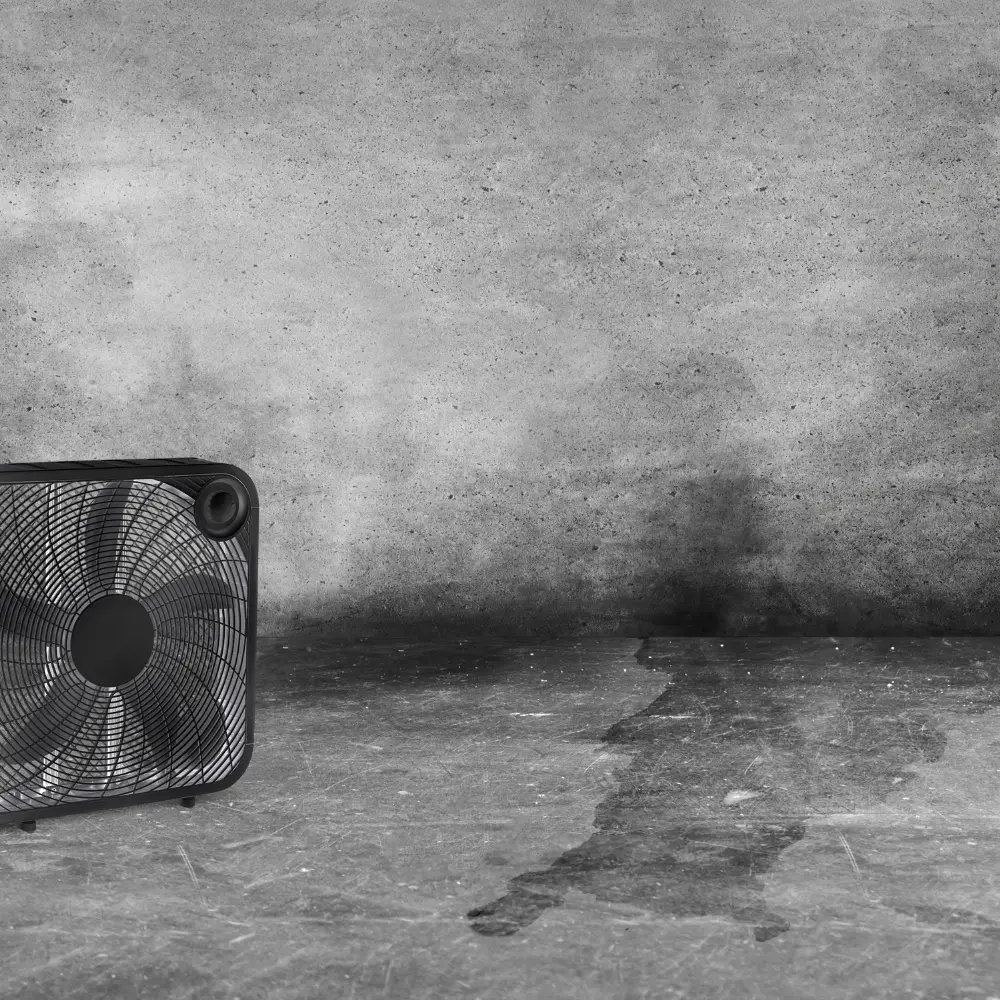Basement Crack Repair Staten Island & Nashville
Secondary: 347-703-0019
Secondary: 917-681-3146
Family Owned | In Business Since 1992 | Same-Day Service

Living in Staten Island means embracing plenty of sunshine and crisp sea air, but it also means enduring more precipitation than the U.S. average. When the sky opens up, many homeowners discover a darker side of that rainfall, such as puddles creeping across basement floors, peeling paint, and a musty smell that never quite goes away. If this sounds familiar, you’re not alone. Heavy rain and the geology beneath Staten Island homes combine to create perfect conditions for water intrusion. Understanding why it happens is the first step toward a dry, healthy basement, and the key phrase many people search for when they’re desperate for relief is basement waterproofing Staten Island.
The Island gets roughly forty-seven inches of rain each year – about nine inches more than the national average. To appreciate how quickly that water adds up, consider that a one-inch storm dumps around 1,250 gallons of water onto a 2,000-square-foot roof. If gutters, downspouts, or grading are inadequate, much of that water pools next to your foundation instead of flowing away.
Staten Island sits atop layers of sandy and clay-rich soils. Clay is notorious for holding onto water and changing volume with moisture. Rain causes clay soil to swell, while dry spells cause it to shrink. This constant swelling and shrinking cracks backfilled soil and puts tremendous outward pressure on basement walls. Combined with high rainfall, it creates the so-called clay bowl effect – the saturated soil around a foundation acts like a reservoir pressing inward.
Water doesn’t only push horizontally. Concrete isn’t perfectly solid; microscopic pores allow moisture to wick upward by capillary action. That means even if surface drainage seems adequate, moisture can still travel through the soil and into your foundation walls or floor.
When heavy rain raises the water table, pressure underneath and around your house increases. Basement cracks and keyway joints where walls meet the slab become the path of least resistance. Without proper protection, water will exploit every tiny flaw, whether you live in a hundred-year-old brownstone or a brand-new development.
Homeowners often believe basements only leak through obvious holes. The reality is more complicated. Building science identifies four primary mechanisms that carry moisture into lower levels.
These mechanisms operate simultaneously. The result can be visible leaks, efflorescence (white mineral deposits), a persistent musty odor, or invisible mold growth behind walls.
Water in your basement isn’t just annoying – it’s a threat to your home and health. Prolonged dampness ruins drywall, warps wood framing, and corrodes appliances. More importantly, moisture creates the conditions mold needs to thrive. Mold spores can cause allergic reactions, skn irritation, and respiratory issues, and they gradually destroy whatever they grow on. Damp basements are one of the most common moisture sources in homes.
Ignoring a leak allows small cracks to widen and water to continue eroding your foundation. Repairs become more extensive and expensive the longer you wait. Worse, mold behind finished walls often goes unnoticed until a minor problem becomes a major remediation project.
When frantic homeowners search basement waterproofing Staten Island, they usually encounter three common solutions: sump pumps, interior drain tiles, and waterproof paints. Each has a purpose, but none addresses the root cause of water intrusion.
The fundamental problem with these methods is that they treat symptoms rather than the source. To truly waterproof a basement, you must stop water before it can enter.
At Altman’s Waterproofing, we take a different approach. Instead of digging trenches or installing pumps, we identify every crack and keyway separation and inject a proprietary, structural-grade epoxy throughout the full thickness of the wall. This high-strength resin bonds with the concrete, creating a fused barrier that’s stronger than the original material. Because it fills the entire crack, water has nowhere to go. Interior walls remain intact, and there’s no need to tear up your yard.
Our method is based on engineering principles used to waterproof bridges and tunnels. It eliminates the clay bowl effect by sealing out groundwater entirely. Once sealed, there’s no reliance on pumps or membranes that deteriorate over time. This structural repair also reinforces your foundation, helping it withstand the soil expansion and contraction that plague Staten Island. We back our work with a lifetime, transferable warranty, so you never have to worry about a surprise leak after the next storm.
If you’re tired of mopping up puddles and smelling mildew, don’t wait for the next Nor’easter. Contact a waterproofing specialist who understands Staten Island’s unique conditions and can permanently seal your foundation from the inside out. A dry basement isn’t just about peace of mind; it protects your family’s health and preserves your home’s value for decades to come.
Call 917-681-3146
for a FREE
in-home consultation!
Lifetime Guarantee on Services
Se Habla Español
All Calls Returned Within 24 Hours
